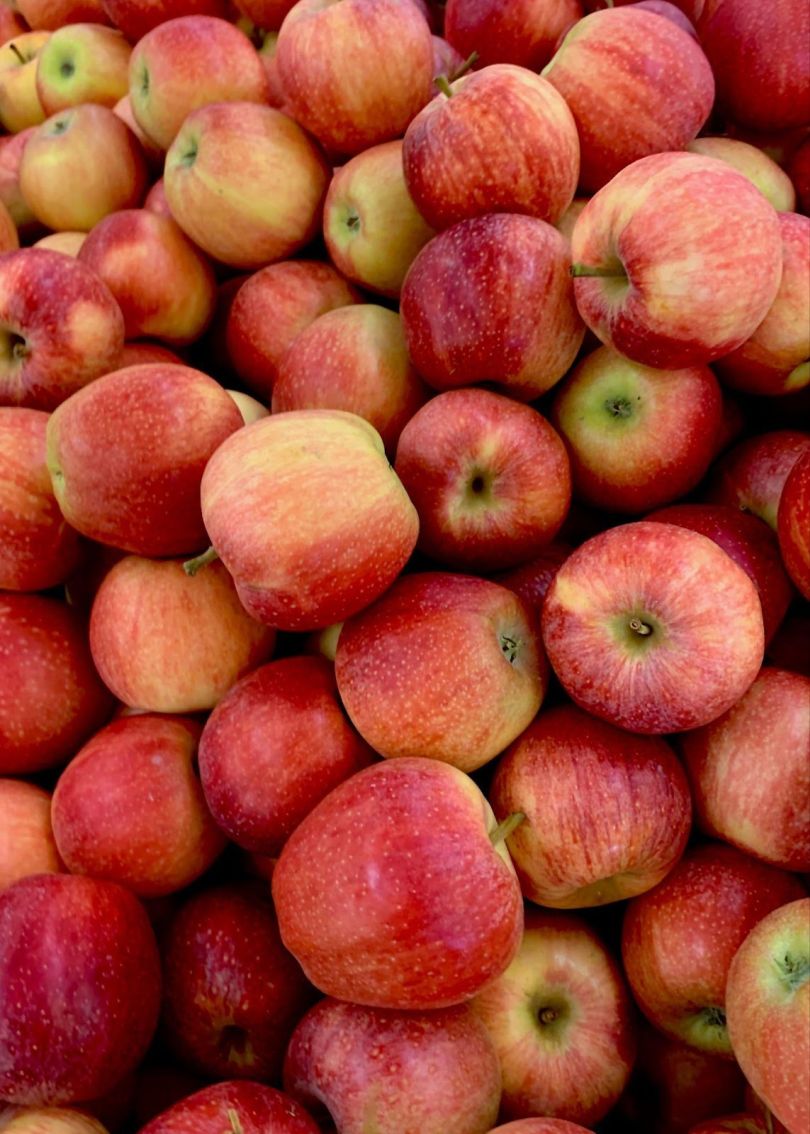A Guide to Buying Apples: How to Pick the Best Ones

This comprehensive article will equip you with the knowledge and expertise needed to make informed decisions when purchasing apples. From understanding different apple varieties to evaluating color, texture, aroma, and flavor, we will delve into every aspect of selecting the finest apples.
Get ready to discover valuable tips and tricks that will ensure you bring home the freshest and ripest apples for your culinary adventures.
Understanding Apple Varieties
In order to make informed choices when buying apples, it is essential to understand the different varieties available in the market. Apples come in a wide range of flavors, textures, and colors, each offering its own unique characteristics.
Some popular apple varieties include Granny Smith, Fuji, Honeycrisp, and Gala.
When it comes to apple storage, it is important to note that different varieties have different shelf lives. For example, Granny Smith apples have a longer storage life compared to softer varieties like Gala or McIntosh.
Additionally, apples are known for their numerous health benefits. They are a rich source of dietary fiber, antioxidants, and vitamin C. Regular consumption of apples has been linked to improved heart health, reduced risk of certain cancers, and better digestion.
Evaluating Color and Texture
When selecting apples, it is important to consider both the color and texture of the fruit. Evaluating the color of an apple can provide clues about its ripeness and flavor. Look for apples that have a vibrant and uniform color.
Avoid apples with dull or faded colors, as they may indicate a lack of freshness.
Additionally, examine the texture of the apple. A good apple should have a firm and crisp texture. Gently squeeze the apple to check for any soft spots or bruises. These blemishes can affect the taste and quality of the fruit.
Lastly, evaluate the shape of the apple. While shape doesn’t necessarily affect taste, it is a personal preference for some individuals. Choose apples that have a pleasing shape that appeals to you.
Assessing Aroma and Flavor
To accurately assess the aroma and flavor of an apple, it is essential to engage your senses and pay close attention to the subtle nuances present in the fruit.
When assessing ripeness, the aroma of the apple is an important indicator. A ripe apple will emit a pleasant, sweet smell that is distinct and inviting. On the other hand, an overripe or spoiled apple may have a sour or fermented odor.
When it comes to detecting sweetness, take a small bite and let the juice linger on your palate. A good apple will have a harmonious balance of sweetness and tartness, with a crisp and juicy texture. The flavor should be vibrant and complex, with notes of sweetness and acidity that complement each other.
Identifying Freshness and Ripeness
While assessing the overall condition of an apple, it is crucial to consider its freshness and ripeness. Judging the quality of an apple relies heavily on these two factors.
When picking the right apple, it is important to look for signs of freshness, such as a firm texture and a vibrant color. Fresh apples will feel solid and crisp to the touch, indicating that they have retained their moisture.
Additionally, a fresh apple will have a bright and uniform color, free from any bruises or blemishes.
In terms of ripeness, it is best to choose apples that are neither underripe nor overripe. Underripe apples will be hard and lack flavor, while overripe apples will be soft and have a mealy texture. Opting for apples that are slightly firm but yield slightly to pressure is a good indicator of ripeness.
Tips and Tricks for Selecting the Best Apples
Although there are various types of apples available, understanding the different attributes and qualities of each can help you make an informed decision when selecting the best ones.
When it comes to selecting the best apples, there are a few tips and tricks that can help you make the right choice. Firstly, consider the apple’s firmness. A good apple should be firm and crisp, indicating freshness. Additionally, check for any blemishes or bruises on the skin, as this can affect the taste and texture of the fruit.
It is also important to consider the apple’s intended use. Some varieties are better suited for eating fresh, while others are ideal for baking or cooking.
Lastly, if you plan to store your apples, choose varieties that have a longer shelf life, such as Granny Smith or Fuji.
